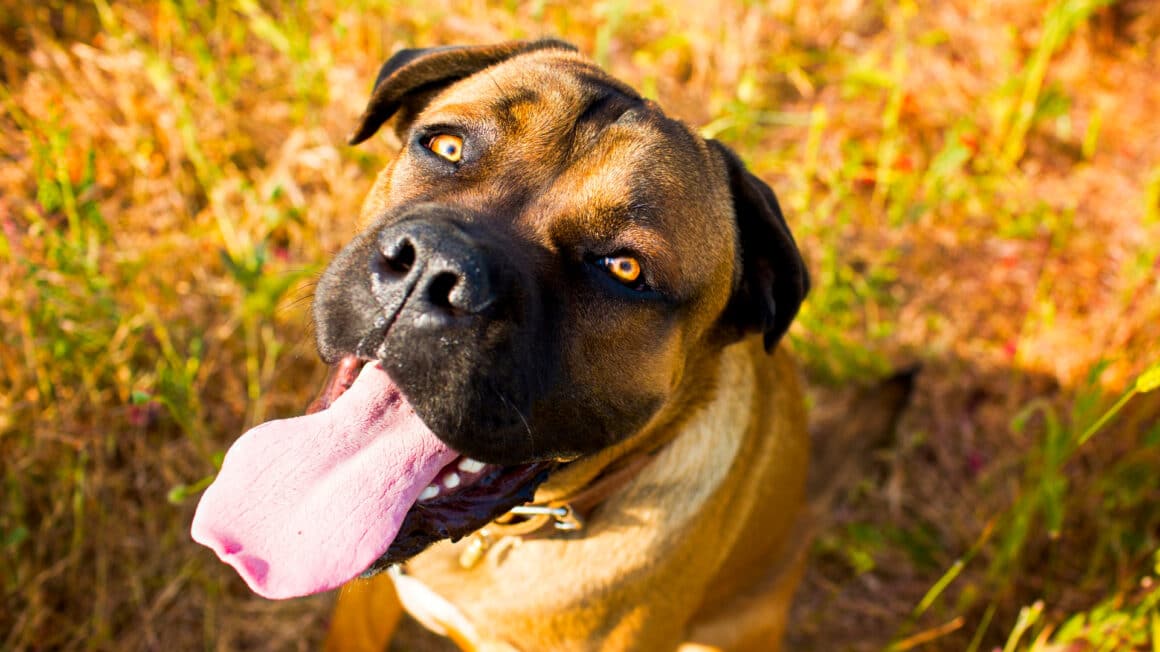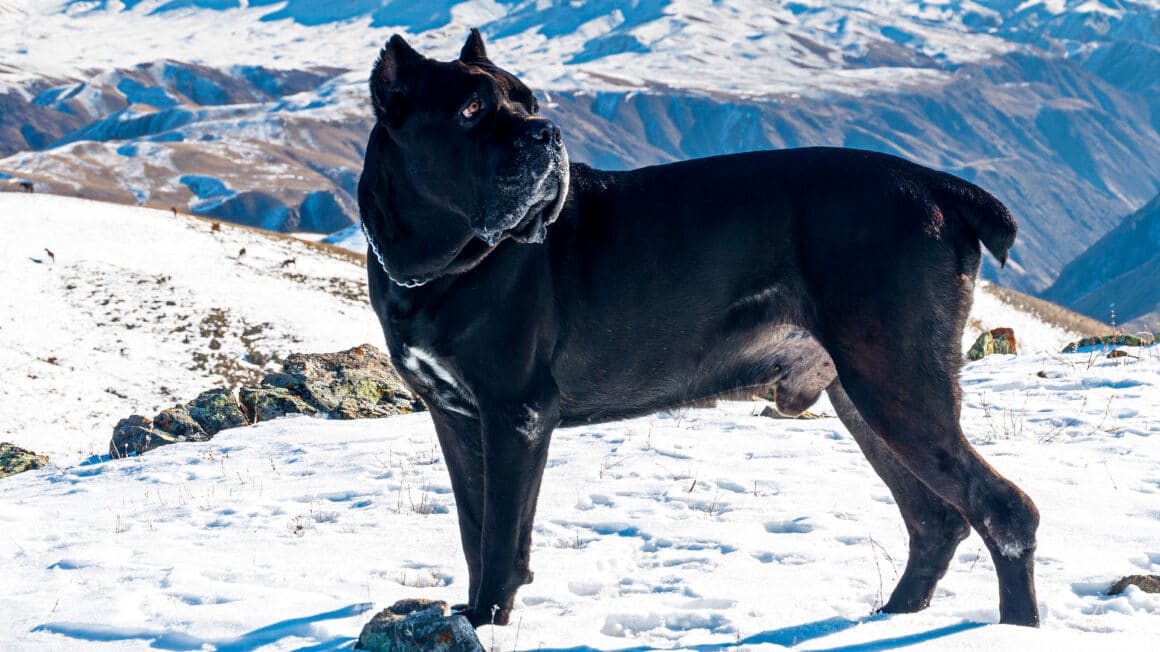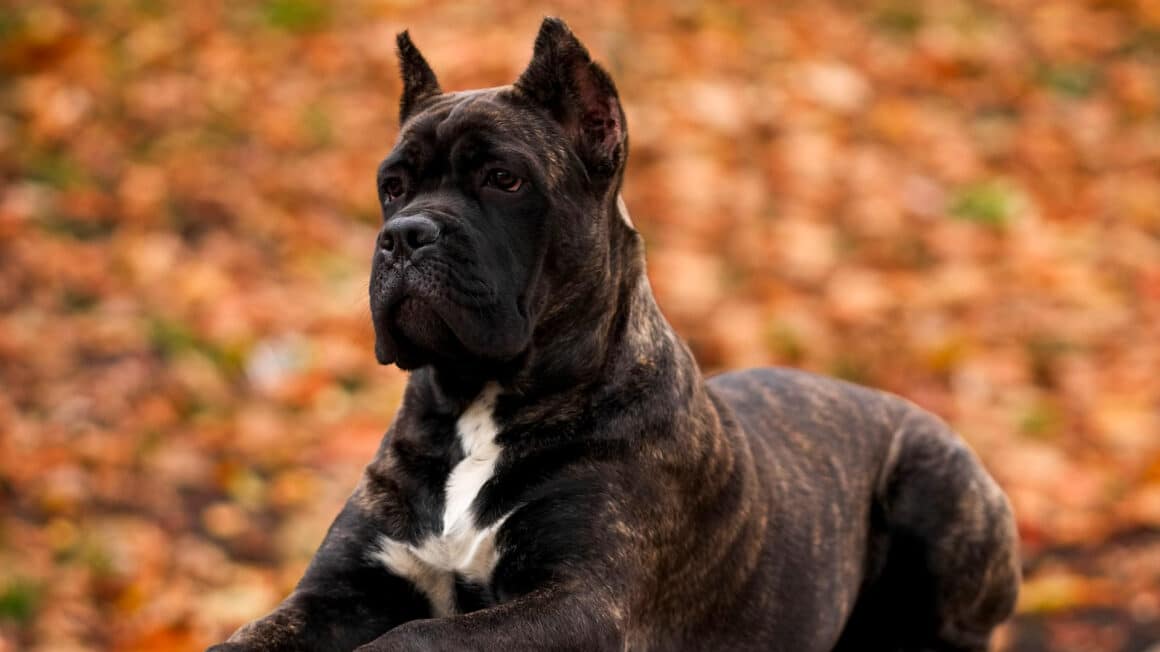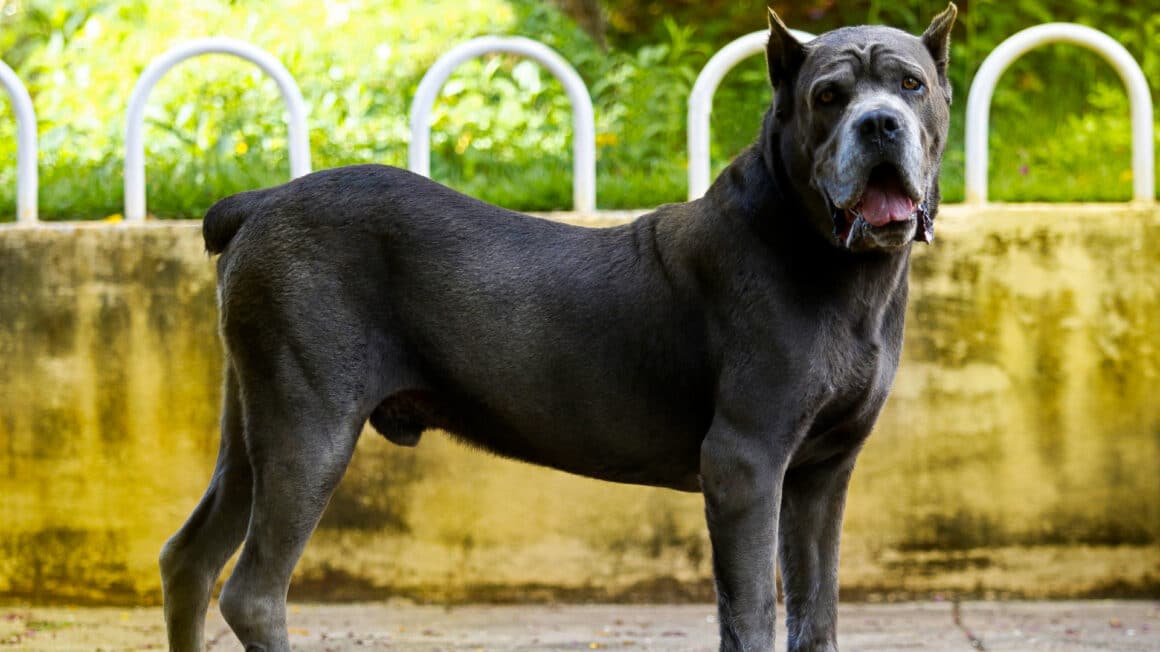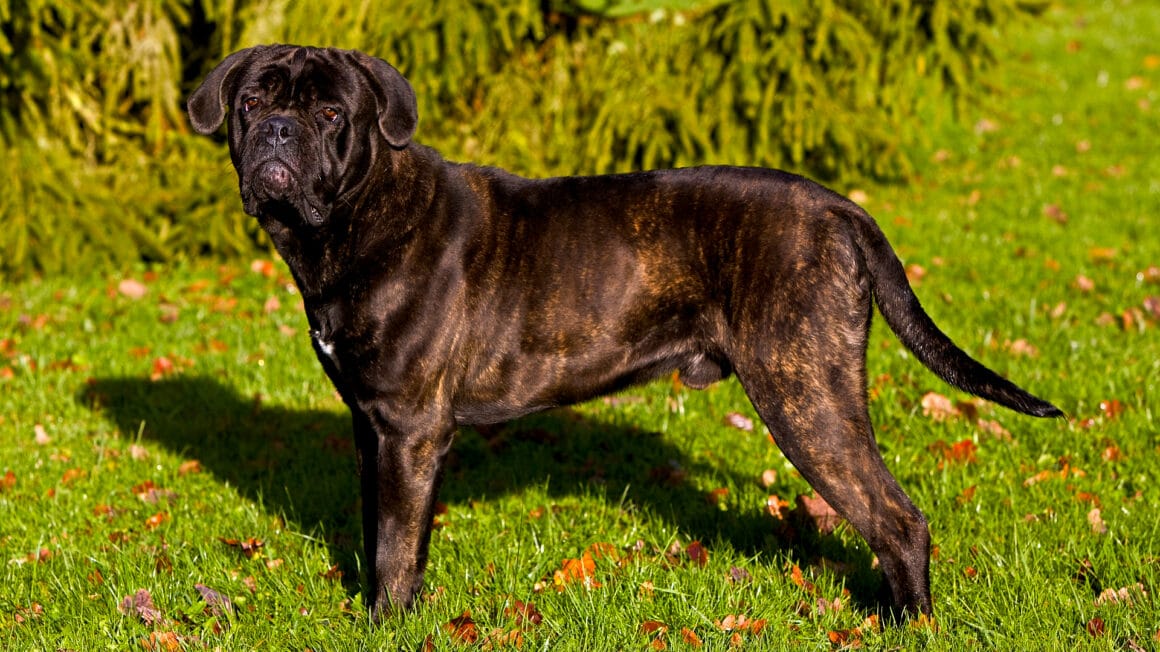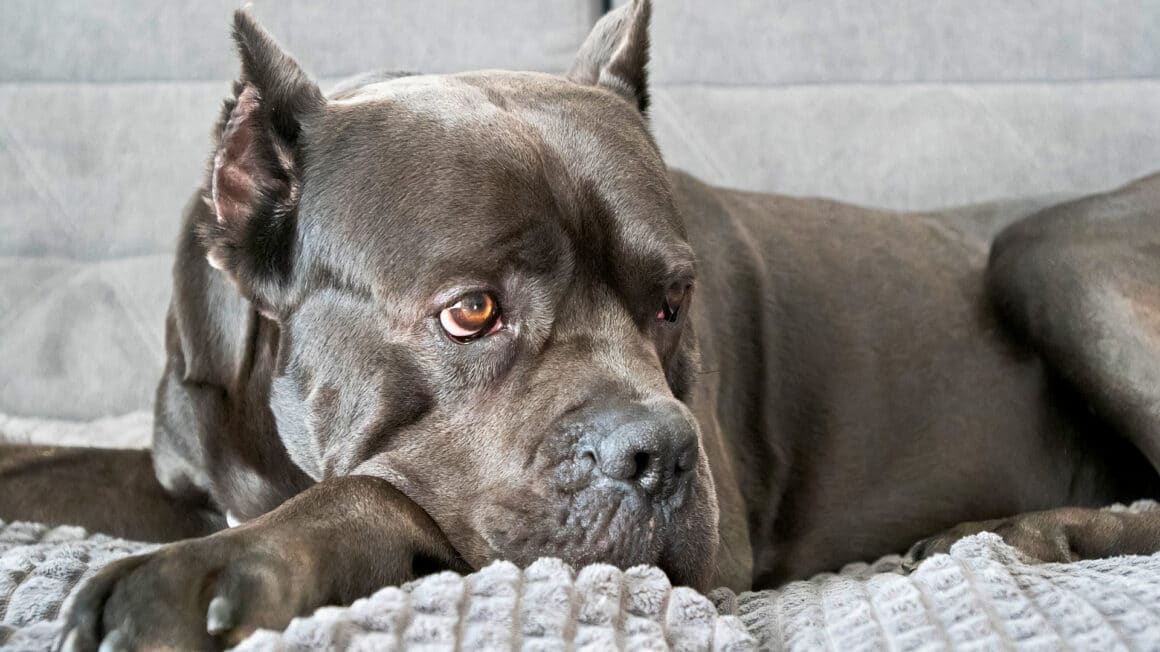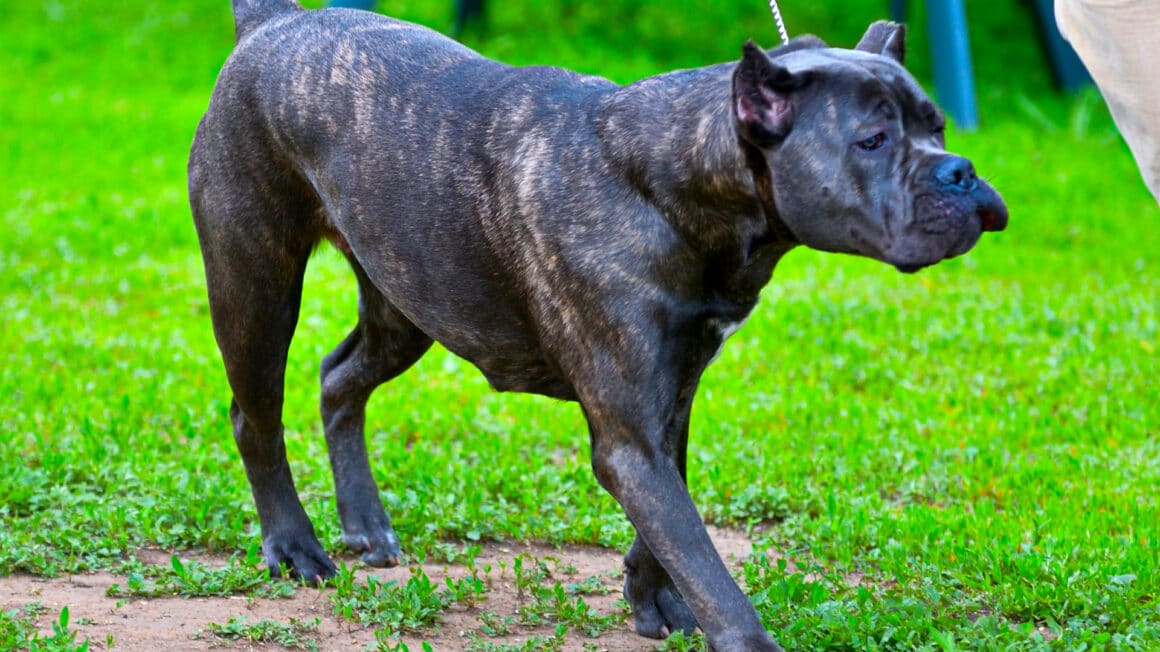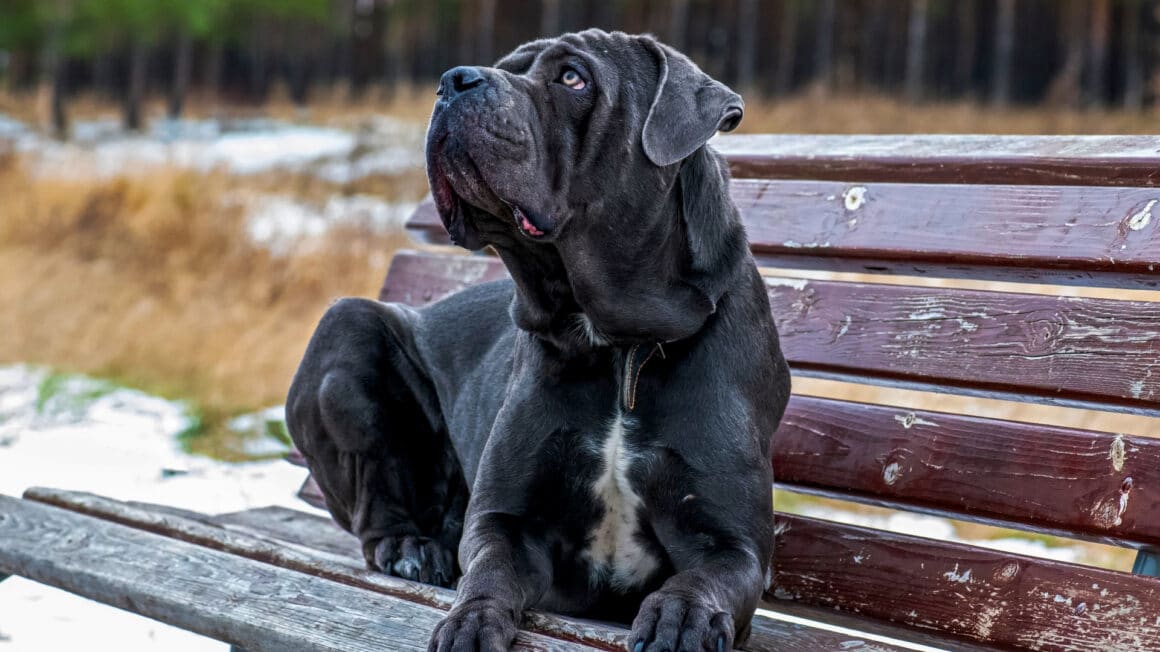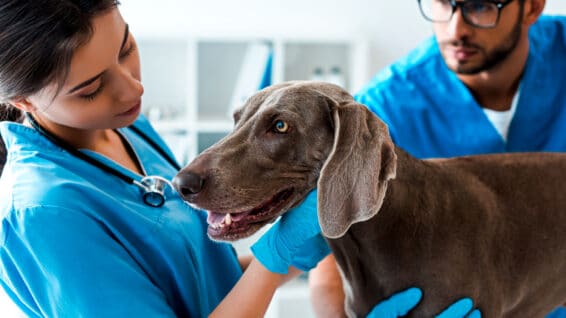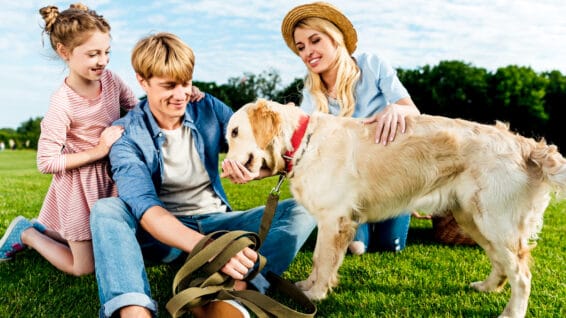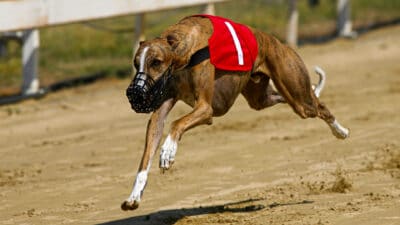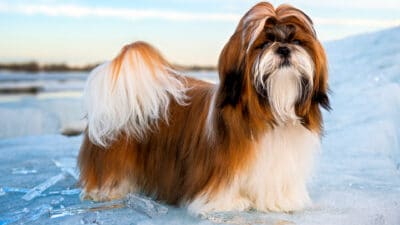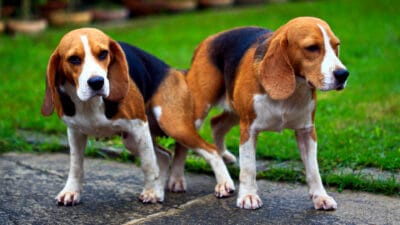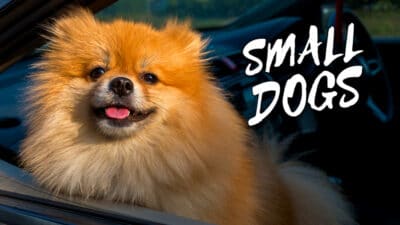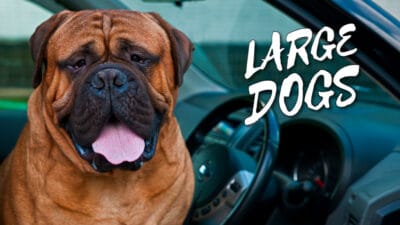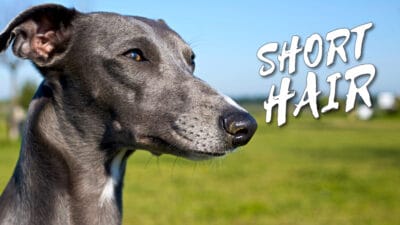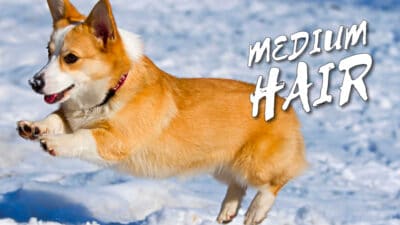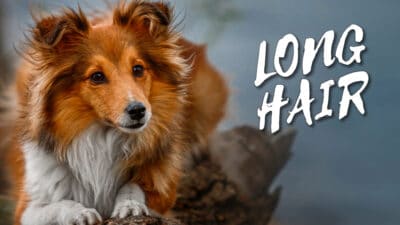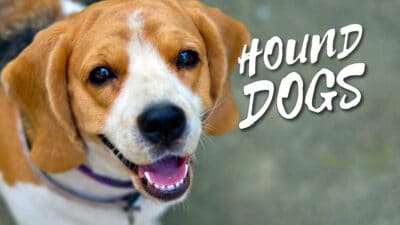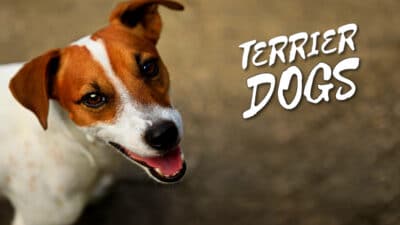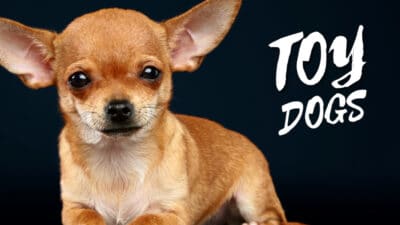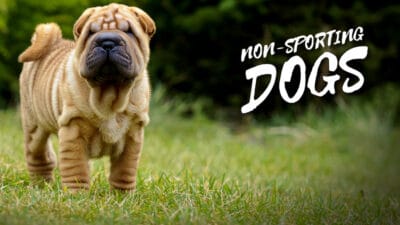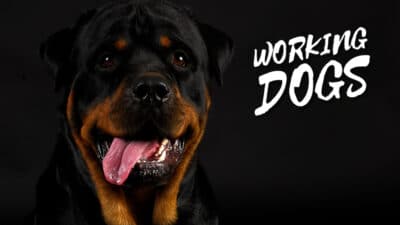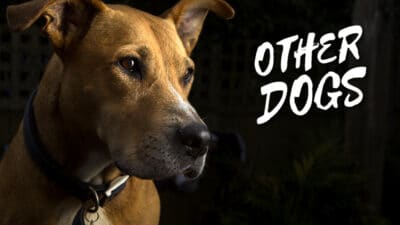Cane Corso dog breed
- Last updated: February 7. 2022
- Categories: Dog breeds, Large dogs, Short hair, Working dogs
- Post views: 841
The Cane Corso is one of the two dog breeds descending from the ancient Molossian war dogs used by the Romans on their conquests, the other one being the Neapolitan Mastiff. After the fall of the Roman Empire, the Cane Corso was used to hunt boars, herd livestock, and protect the farms. These dogs are massive, the males can weigh up to 59 kilos / 130 pounds and have a height of up to 70 cm to the shoulders, then there is the head on top of that. They have a short coat that has a low shedding amount and requires minimal grooming. They are considered medium barkers, but they are fairly quiet while remaining indoors
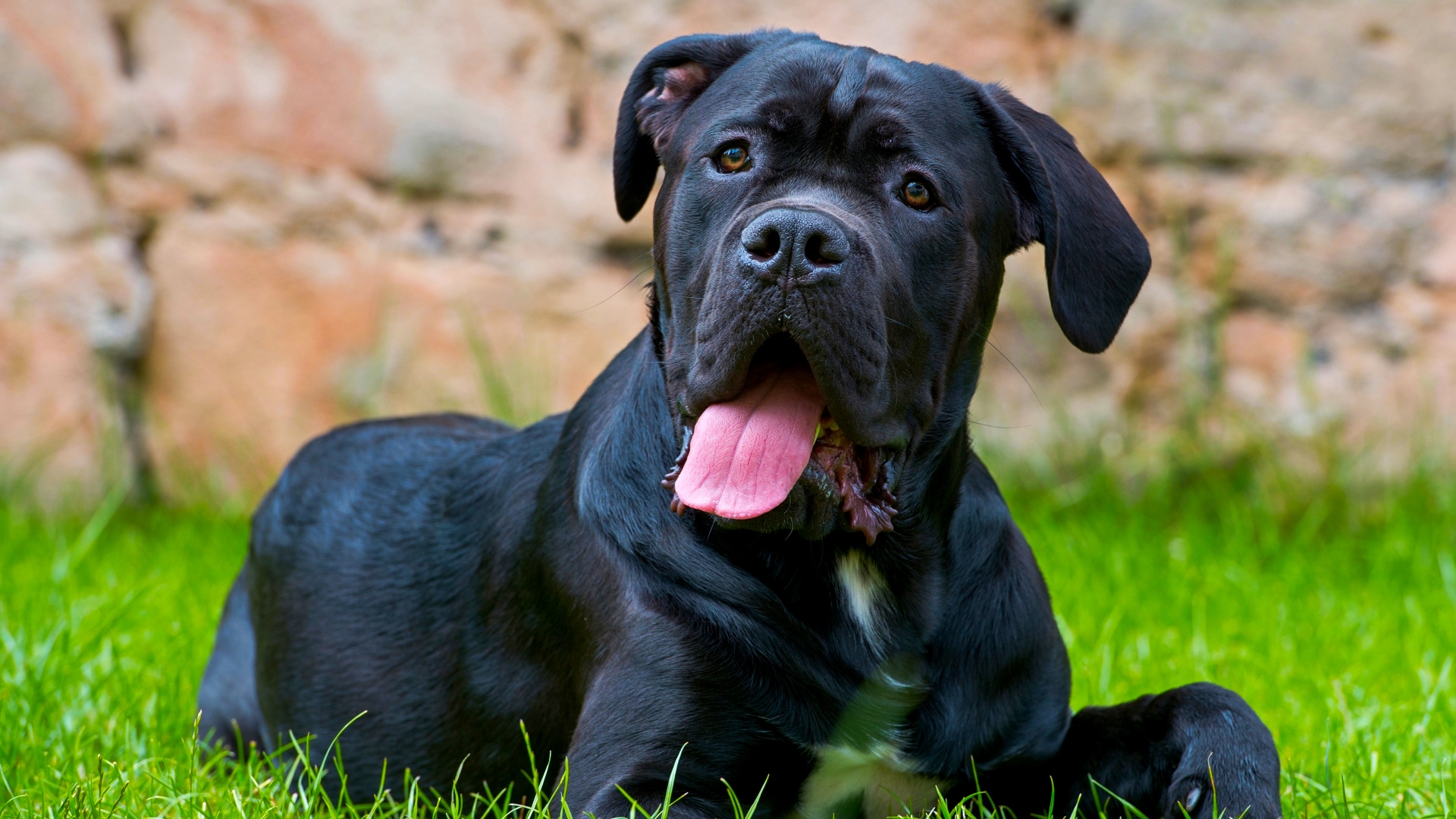
M: 63 - 70 cm / 25 - 27.5 in
F: 60 - 66 cm / 23.5 - 26 in
M: 40 - 59 kg / 90 - 130 lbs
F: 40 - 59 kg / 90 - 130 lbs
Healthy dogs of this breed lives
average between 9 to 12 years
Working: Mainly large tough dogs bred for strength and endurance
Cane Corso general information
The Cane Corso is one of the most popular dog breeds globally, and it was the 25. most owned dog in the United States in 2020. The breed was however reduced to only a few dogs scattered around the countryside in Italy during the 1970s, but a couple of dog fanciers gathered the surviving specimens and bred them. A decade later, a breed club was formed and in 1996 the breed was recognized by the Fédération Cynologique Internationale, commonly referred to as the FCI. The first documented litter of Cane Corsos imported to the USA was in 1988, it was recognized by the American Kennel Club 22 years later, in 2010. Today, the Cane Corso is mostly used as a companion or guard dog. Its intimidating stature and large size would be enough to scare away most people up to no good, but the Cane Corsos are actually gentle and loving dogs that are utterly devoted to their own families, making them great family dogs
Cane Corso breed appearance
The Cane Corso is a large dog breed with a big mastiff-like head, with the skull being as wide as it is long. They have a short coat that can be black, gray, fawn, or red, with or without a brindle pattern. Solid red and fawn varieties have a black mask. Even though they are a short-haired dog breed, they do have a double coat. Male Cane Corsos can weigh up to a whopping 59 kilos / 130 lbs and be up to 70 cm / 27.5 inches in height, from the ground and up to the shoulders, then there is the head on top of that again. If consider getting a Cane Corso and want to read more detailed information, take a look at the AKC breed standard
Cane corso breed temperament
The Cane Corso is a gentle, loving, and utterly devoted dog when it comes to their own families, tending to stick to them at all times. They are also alert watchdogs and dedicated protection dogs that will guard the home and its family members. When it comes to strangers, they can be suspicious, over-cautious, and even aggressive unless they are extensively socialized from an early age, something that is vital for all dog breeds and not just Cane Corsos. They are generally not too fond of other dogs and pets either, but that also depends on the socialization they’ve had, and it differs from dog to dog. As Cane Corsos can be quite dominant, firm consistent leadership is required by the owner, something that can prove quite a challenge for first-time owners
Cane Corso dog breed health
Cane Corsos are generally healthy dogs, as long as they come from reputable breeders. Their main concern is Canine Hip Dysplasia, with minor concerns being elbow dysplasia and cardiac problems. As with all dog breeds, they are also prone to developing certain common diseases. This can include eye problems, skin allergies, orthopedic problems, and ear infections. Regular wellness checkups at the vet should be done at least once a year to track the dog’s development and catch any potential health issues early on, which improves the chances of successful treatment. If you suspect that your dog is having issues, or have changed its behavior radically, contact your vet and schedule an appointment. It’s definitively better to be safe than sorry
Cane Corso Shedding and grooming
Cane Corsos do not shed very much, and since their coat is short, the little they shed shouldn’t be a problem for most people. Frequent brushing will also help keep the amount of dead and loose hair floating around the home at a low level. As with most dogs, they blow their coat twice a year, during spring and autumn, which will increase the amount of shedding until they are done putting on their new coat. Keeping the dog on a meat-rich diet also helps reduce the shedding amount and prevents dry skin. Meat is digested and absorbed quickly, promoting better overall health in your furry little buddy. If your dog is subject to excessive shedding, contact your local veterinarian and ask for guidance and hear with them if the dog should come in for a checkup
Cane Corso breed barking level
Cane Corsos are not very vocal dogs, they are considered to be at a low to medium barking level, but they will let you know if there is something you should know of. While indoors, they are usually calm and silent. Common reasons for dogs barking are protection, alerting, being bored, fear, seeking attention, separation anxiety, or just saying hello. You can read more about barking at this guide from WebMD Pets: Understanding why dogs bark. All dog breeds can be trained to reduce barking, another thing that should be focused on learning from an early age. There are plenty of online resources where you can learn how to reduce barking, like YouTube videos, online courses, and websites. You might also want to shop for books that address this issue too
Cane Corso dog breed training
Cane Corsos are eager to please and fairly easy to train, in the right hands. They thrive on mental stimulation and enjoy herding and other dog sports that combine physical and mental challenges. As with all breeds, dog training can be a challenge for inexperienced owners, acquiring professional help from a dog trainer is always a good choice to get started training your dog. The first step on the long road is signing up for a puppy class, here you will learn the basics about dog care and training, most classes also have supervised playtime among the puppies for socialization. You can also watch dog training videos, attend online dog training courses, or maybe get yourself a dog training book
Cane Corso exercise requirements
Cane Corsos have a medium energy level, requiring at least 1 hour of daily exercise in order to stay happy and healthy, but they will not say no to more. Besides physical exercise, they also require mental stimulation in the form of games and training. Cane Corsos are working dogs, they are most happy when they have a job to do, they are not couch potatoes for sure. Great ways to exercise your dog are playing a game of fetch, taking a hike, jogging, or just taking a long stroll a couple of times a day. Dogs that don’t get enough exercise and mental stimulation can become bored and destructive as they try to find ways to entertain themself, which can lead to great frustration for the owner, as well as damaged furniture, so be sure to give it enough exercise every day
Caring for dogs
Grooming is not the only maintenance your dog requires throughout its life. Complete examinations at the vet should be done at least once a year for adult dogs. Puppies should come in every 3 or 4 weeks until they are around four months old. Contact your vet and they will set you up with schedules.
Trimming the claws should be done whenever they touch the ground when the dog is standing up, or make it a frequent routine to keep them short
Brushing the teeth should be done on a daily basis to prevent gum diseases. Chew bones and toys will also help strengthen your dog’s teeth and gums
Cleaning the ears to prevent ear infections is also another important part of the dog’s routine maintenance. You can have your vet show you how to do it
Socializing dogs
No matter what kind of dog breed you have, socializing it from an early age is the most important thing you can do in order to get a well-behaving buddy that reacts to the world around it in a healthy way. Until your puppy is around 16 weeks old, it should encounter different kinds of people, situations, and locations, learning that the world is a wonderful place to live. Puppies have a short developmental window in which their experiences will form their future selves. Puppies should however not be forced into situations they might feel uncomfortable with, as bad experiences may imprint and stay with the dog for the rest of the life. You can watch free videos from professional dog trainers on how to socialize your new puppy and learn how to do so the correct way
Cane Corsos on Instagram
Here are some pictures of the Cane Corso dog on Instagram. See even more photos of this fine breed by exploring #CaneCorso or using the Google Image Search
Video of the Cane Corso breed
Here is a video of the Cane Corso from Dogumentary TV with an interview of a breeder and owner of this massive dog breed. This video is around 8 minutes long
Frequently asked questions
Cane Corsos are good family dogs, they are extremely loyal and protective of their families. They are not too fond of rough play thou, so playtime with kids should be supervised for the safety of both parties
There are no dogs that are hypoallergenic, some breeds can however cause fewer allergic reactions than other breeds. The proteins that dogs produce are what causes the allergic reactions. These proteins are found in the hair, saliva, dander, and urine. Some individuals may have an irritant response to the actual dog hair, the solution for that is getting a dog with a low level of shedding. You can continue reading about allergies and reactions at HealthLine
Cane Corsos have a low shedding level throughout the year, but as with most dogs, they blow their coats during spring and autumn, which can leave a mess behind. Brushing the coat regularly will help reduce the amount of dog hair floating around your home
Yes. Cane Corsos are intelligent dogs that are eager to please and easy to train. But they can be quite dominant, so they are not the best choice for inexperienced owners
Cane Corsos can live fine in apartments if they get enough exercise, both physically and mentally. Dogs that don’t get enough exercise can become depressed, bored, and destructive towards furniture
Cane Corsos are very attached to their families, but provided enough exercise and mental stimulation, they can be left alone at home for 4 to 8 hours. The longer you are away from the dog, the higher the chances of it getting separation anxiety
Cane Corsos are wary of strangers and can be aggressive towards other dogs of the same sex and other pets. Towards their own families, they are devoted and protective. Socialization should start at an early age to learn the dog how to behave in a healthy well-mannered way
References and resources
You can absorb more knowledge about this dog breed from the resources below. Websites, books, and social media sites where you can ask dog owners questions
